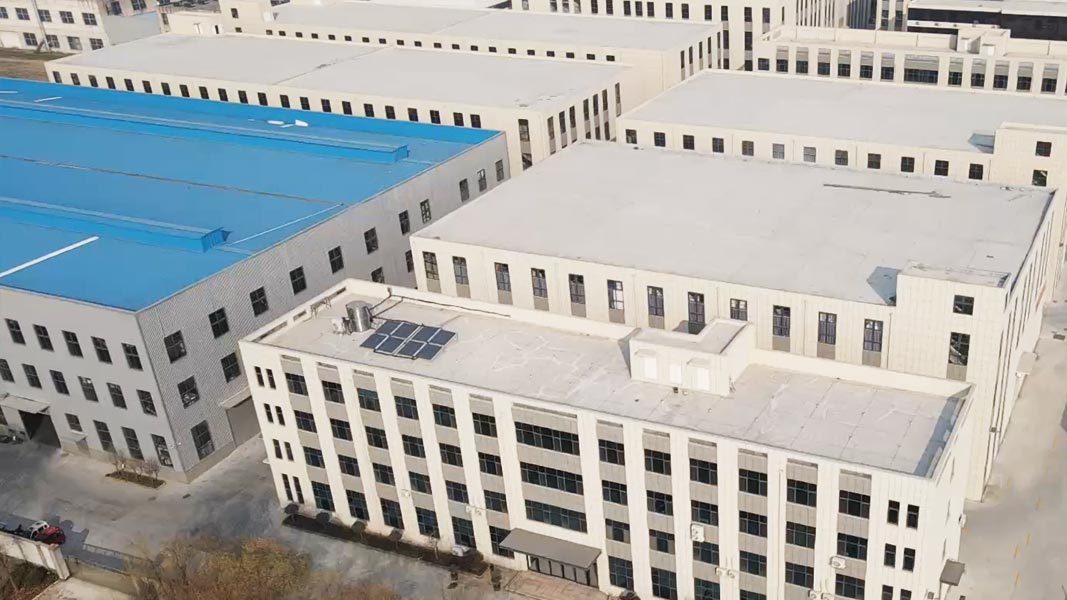What is the main function of sound-absorbing materials?
Release time:
2024-12-20
The reverberation time that controls the sound quality of halls, such as concert halls, theaters, recording studios, broadcasting studios, listening rooms, conference rooms, multifunctional halls, gyms, and auditoriums, is generally achieved by selecting appropriate sound-absorbing materials during the layout to achieve a better reverberation time.
1. Control the reverberation time of the hall's sound quality, such as in concert halls, theaters, recording studios, broadcasting studios, listening rooms, conference rooms, multifunctional halls, gyms, auditoriums, etc. Generally, suitable sound-absorbing materials are chosen during the layout to achieve better reverberation time.
2. For some public transportation buildings, such as waiting halls in airports, waiting rooms in stations, and waiting rooms at docks. Due to the need to continuously broadcast information about the departure, arrival, or delay of flights, trains, and ships, it is generally advisable to appropriately arrange sound-absorbing panels on the ceiling and walls. This can improve the clarity of broadcast information and reduce the noisy sounds from passengers, making the environment quieter.
3. Eliminate echoes and sound focusing defects in the hall. When the distance difference between direct sound and reflected sound reaches 17m, the time difference between the two sounds reaches 50ms, and the human ear can hear the echo. In longer halls, the reflected sound from the back wall can easily create echoes near the seating area at the stage entrance. This can be eliminated by arranging strong sound-absorbing panels on the back wall. The design of curved back walls and domed ceilings can also cause focusing in the hall. If you want to maintain the original trapezoidal shape of the room, you can use strong sound-absorbing materials on these inner surfaces to eliminate focusing in the hall.
4. Improve the sound insulation of lightweight partition walls. For lightweight partition walls such as gypsum board, calcium silicate board, FC board, TK board, and fireproof magnesium cement board, porous sound-absorbing materials such as glass wool, rock wool, and mineral wool can be filled in their interlayers to enhance the sound insulation effect of these types of walls.
Summary: This concludes the introduction to the types of sound-absorbing materials and their main functions. There are quite a few types of sound-absorbing materials, and when choosing, you should consider where you will use them, as there are some differences in material usage in different areas.
Key words:
News dynamics


